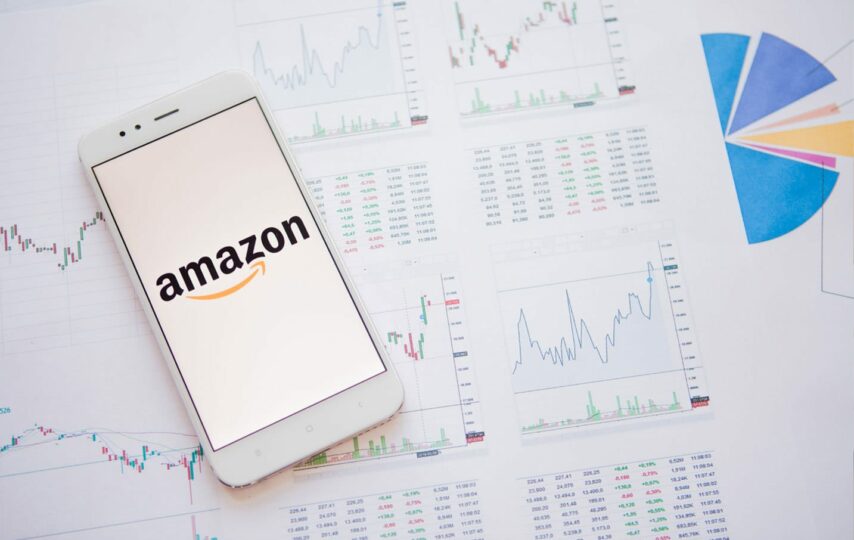Amazon, the e-commerce behemoth founded by Jeff Bezos in 1994, has grown into one of the world’s most valuable and influential companies. Its success can be attributed to a combination of innovative business strategies, customer-centric approach, and robust financial management. One crucial financial document that offers insights into Amazon’s financial health and performance is its Profit and Loss Statement, often referred to as the Income Statement. In this article, we will delve into Amazon’s profit and loss statement to gain a better understanding of how the company generates revenue, manages expenses, and ultimately sustains its profitability.
Revenue Streams
Amazon’s primary source of revenue is its e-commerce operations. The company allows individuals and businesses to sell products through its platform, taking a commission on each sale. This “third-party seller services” category is a substantial portion of Amazon’s revenue. The company also generates income from its own retail sales, which includes a diverse range of products from books to electronics.
Additionally, Amazon has a thriving cloud computing business through Amazon Web Services (AWS). AWS provides cloud infrastructure services, hosting solutions, and various other products to businesses globally. This segment has become a significant contributor to Amazon’s revenue and profitability.
Analyzing Amazon’s Profit and Loss Statement
1. Revenue: In its Profit and Loss Statement, Amazon reports its revenue for a specific period. For instance, in the third quarter of 2021, Amazon’s net sales totaled $113.1 billion, showcasing its ability to continually grow its top line.
2. Cost of Goods Sold (COGS): The cost of goods sold represents the direct costs associated with producing the goods or services sold by the company. For Amazon, this includes the costs of purchasing and shipping products from suppliers, as well as operating fulfillment centers. Managing these costs efficiently is crucial for Amazon’s profitability.
3. Gross Profit: Gross profit is calculated by subtracting COGS from total revenue. In the third quarter of 2021, Amazon’s gross profit was approximately $37.7 billion, highlighting its ability to maintain a healthy margin even while growing rapidly.
4. Operating Expenses: Amazon incurs various operating expenses, such as marketing, research and development, and general and administrative expenses. While these expenses are necessary for business growth and innovation, managing them effectively is essential to maintaining profitability.
5. Operating Income: Operating income represents the company’s profit after deducting operating expenses from gross profit. In the third quarter of 2021, Amazon reported operating income of $4.5 billion, indicating a strong operational performance.
6. Net Income: Net income, also known as profit after taxes, reflects the company’s overall profitability. Amazon reported a net income of $3.2 billion for the third quarter of 2021. This figure is a critical indicator of how much profit Amazon generates for its shareholders.
Conclusion
Amazon’s Profit and Loss Statement provides a comprehensive view of the company’s financial performance. It reveals the company’s ability to generate substantial revenue from various sources, including e-commerce and cloud computing. Moreover, it highlights Amazon’s efforts to manage its costs effectively, resulting in healthy gross and operating profit margins.
Amazon’s consistent focus on innovation, customer satisfaction, and expansion into new markets has contributed to its remarkable financial success. As the company continues to evolve and diversify its operations, understanding its Profit and Loss Statement becomes increasingly important for investors, analysts, and anyone interested in the financial health of this tech giant. It serves as a testament to Amazon’s commitment to delivering value to its customers while maintaining its position as a profitable and influential player in the global business landscape.








